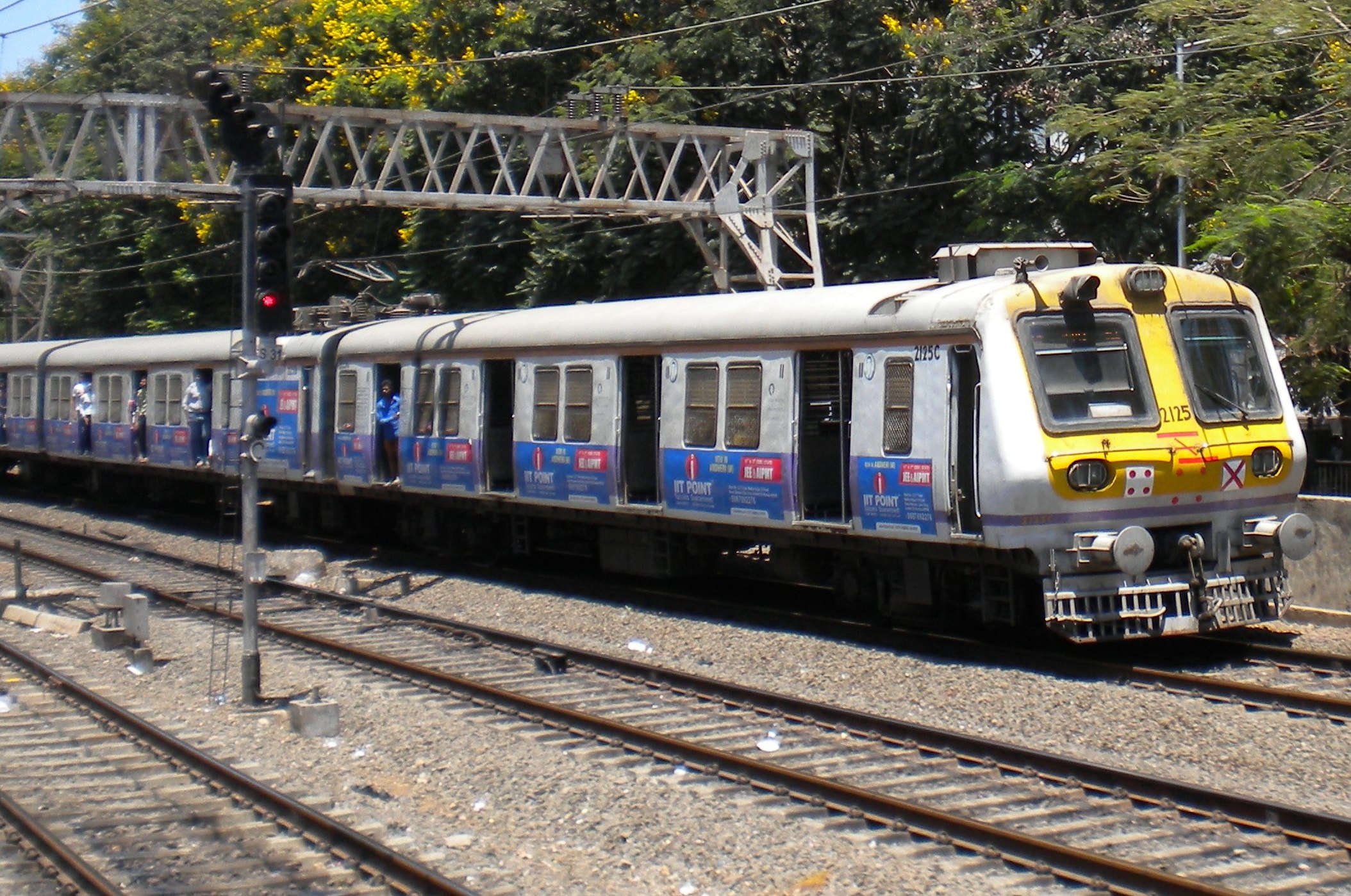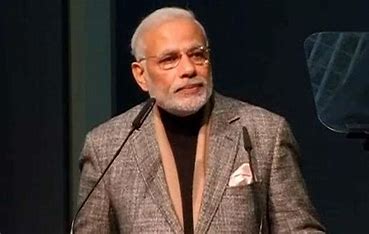
Recognizing the importance of safety, the Indian government has taken steps to improve the rail network’s safety standards. Modernization and upgradation efforts are underway, focusing on tracks, signalling systems, and rolling stock. Embracing advanced technologies, such as train collision avoidance systems and remote monitoring, is a crucial aspect of enhancing safety. Additionally, the construction of dedicated freight corridors aims to segregate passenger and freight traffic, reducing congestion and enhancing safety.
Major initiatives to improve rail safety include the Rashtriya Rail Sanraksha Kosh (RRSK), a dedicated fund for railway safety to finance critical safety-related projects, including the elimination of unmanned level crossings, track renewal, and signalling system upgrades. The indigenously developed Automatic Train Protection (ATP) System, Kavach, is in the process of being expanded across the country in a phased manner. Introducing Modified Centre Buffer Couplers, Bogie Mounted Air Brake System (BMBS), improved suspension design and provision of Automatic fire & smoke detection system in coaches was also a major technological upgradation in recent years. GPS-based Fog Pass devices and Ultrasonic Flaw Detection (USFD) while testing rails to detect flaws and timely removal of defective rails are other measures undertaken to improve the safety of railways.
Investing in comprehensive training programs for railway staff is vital for safe operations. Providing training to drivers, maintenance crews, and signalling personnel can significantly reduce accidents and mishaps caused by human error. Continuous skill development and strict adherence to safety protocols are essential for maintaining a safe and efficient rail network.















